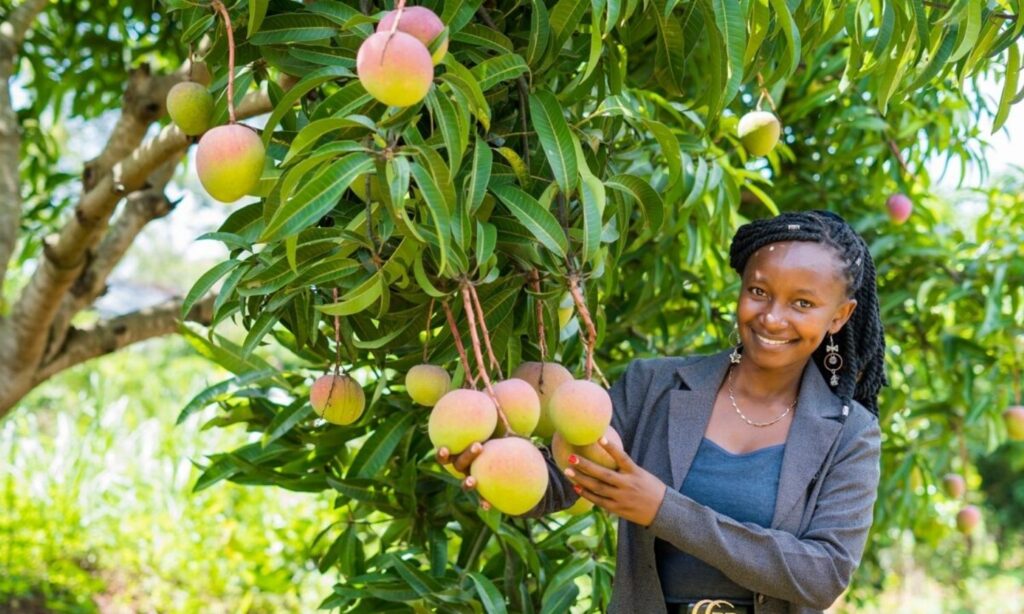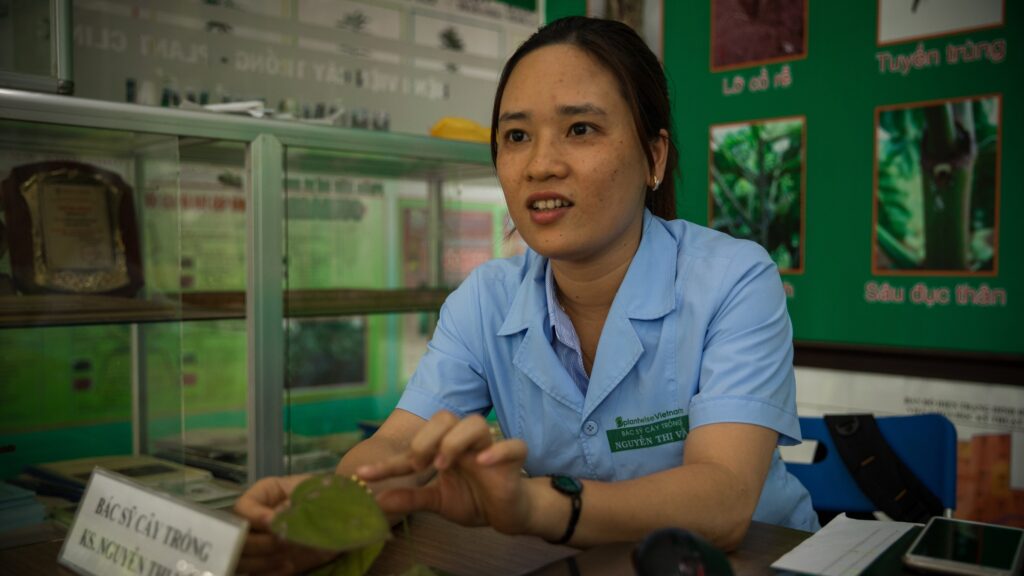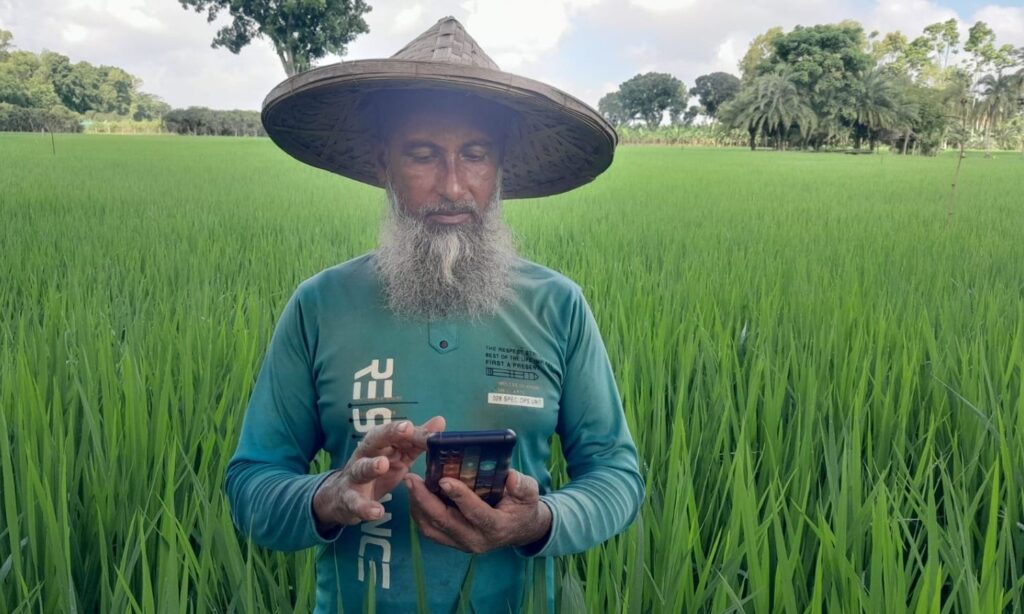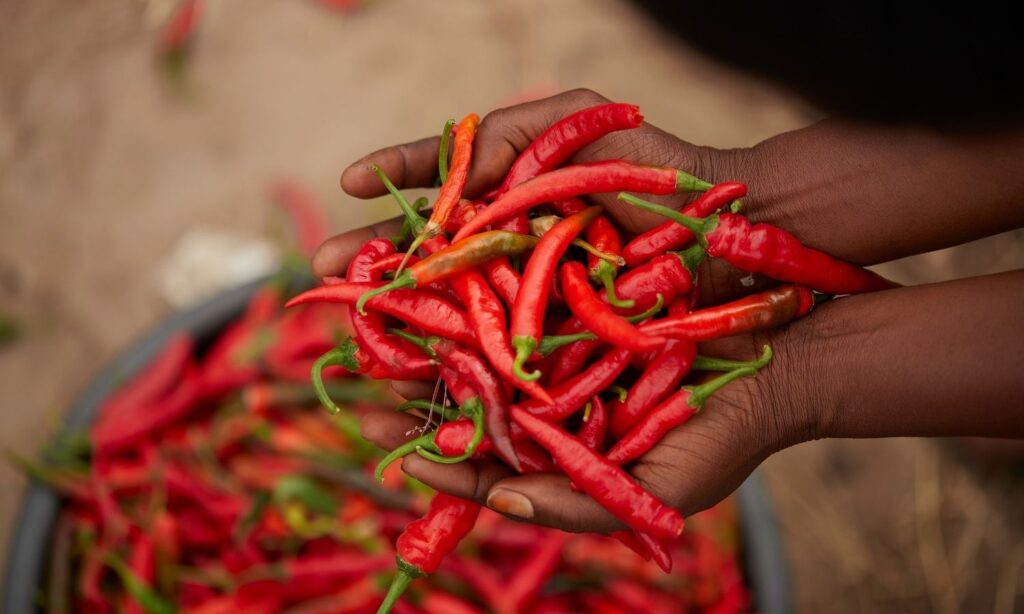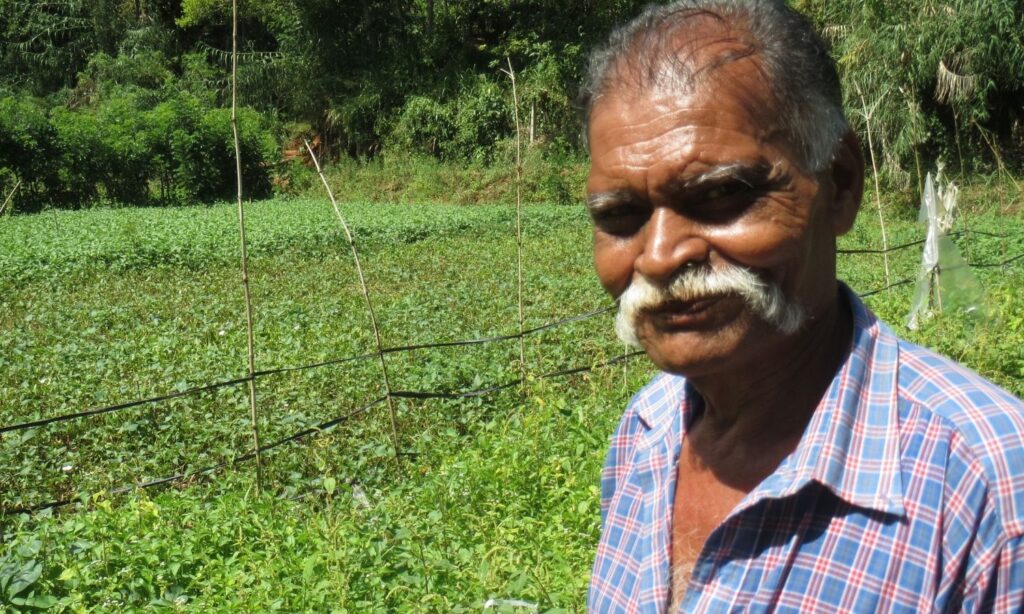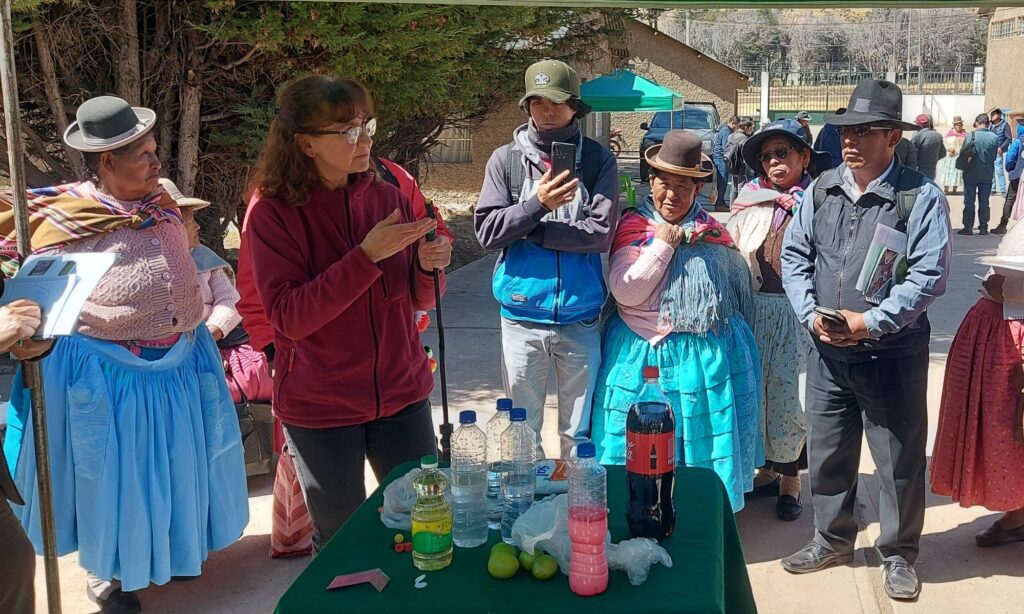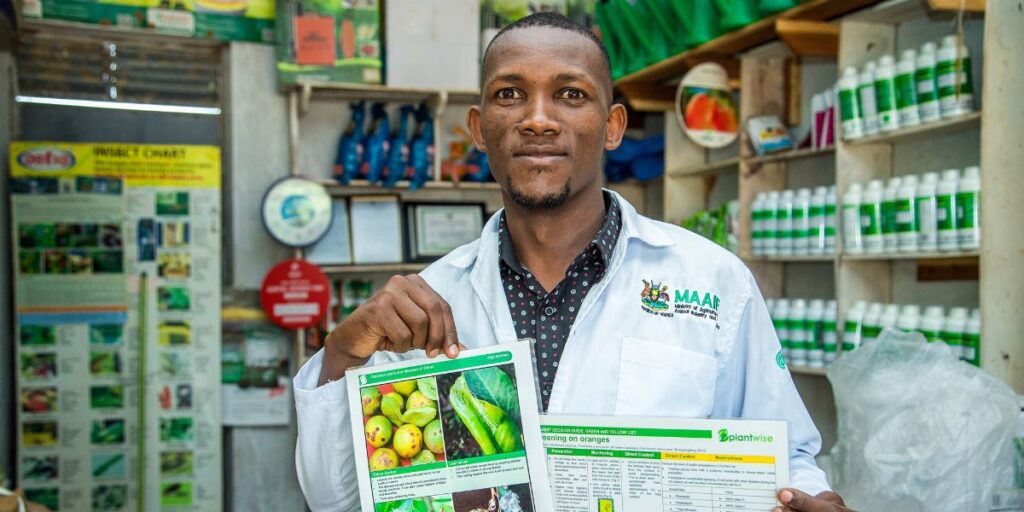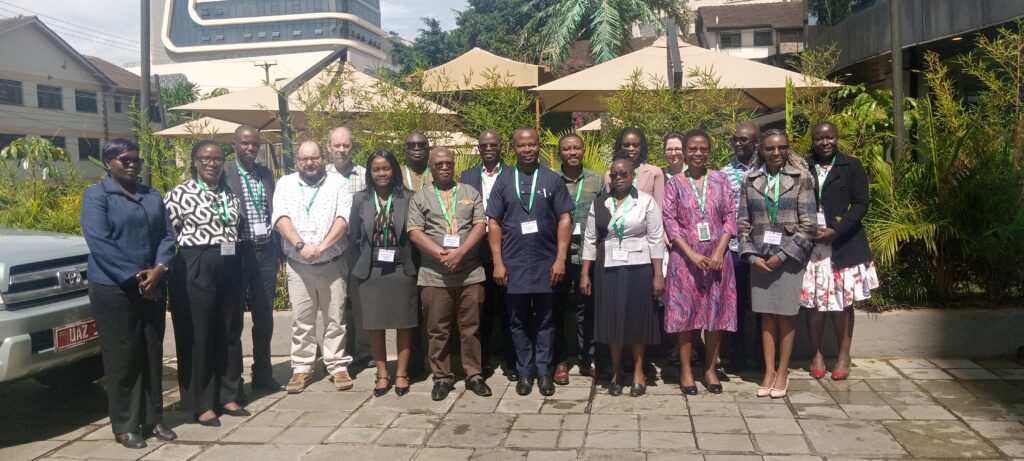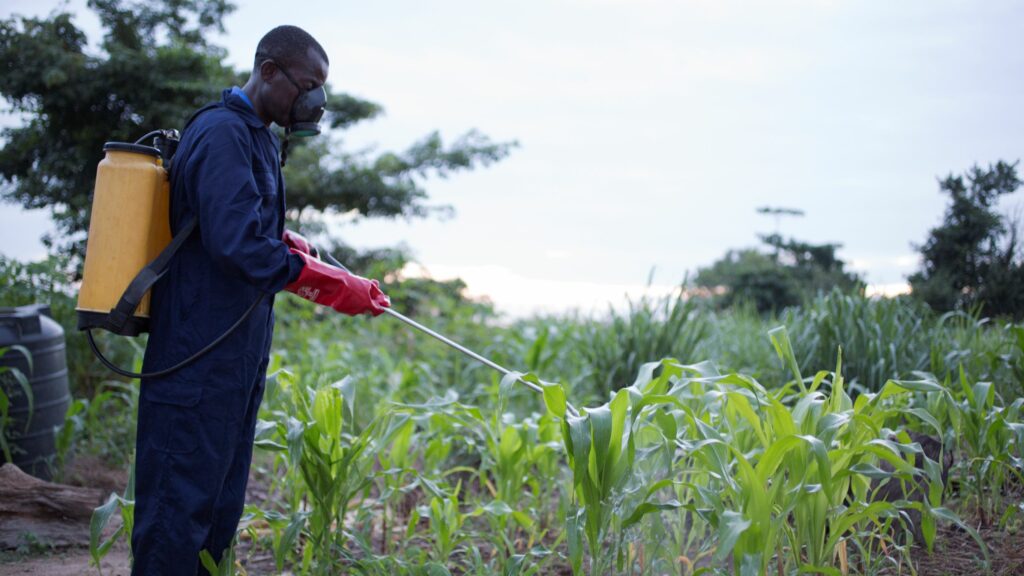Most read blogs of 2025
As 2025 comes to a close, we’ve tallied the numbers to reveal the top 10 most read blogs on the PlantwisePlus Blog this year, plus a few firm favourites! Our most read blogs feature voices from those benefiting from our work, as well as crop pest guides, digital tools, and invasive species management, highlighting the…
How do pest risk registers address the spread of plant pests in Africa?
Pest risk registers can help to solve problems in agriculture, addressing the growing global threat of plant pests. Moreover, changing weather patterns, led by rising temperatures, are causing them to reproduce faster and expand into new regions. In addition, global trade and increased movement of people are accelerating the spread of pests across borders. These…
Post-registration pesticide reviews: Experiences, learnings and best practices
CABI’s PlantwisePlus programme recently hosted a regional webinar on strengthening post-registration pesticide reviews. Experts from Kenya, Uganda, and Sweden shared lessons on risk-based frameworks, regulatory digitization, and regional collaboration. The event highlighted global best practices and the need for data-driven, adaptable systems to ensure pesticide safety and compliance.

